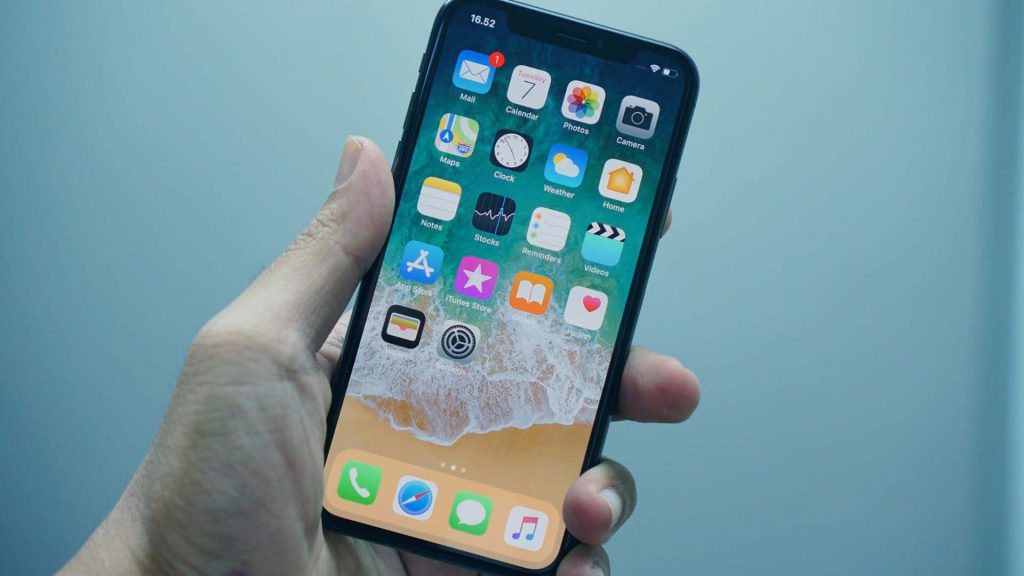One of the most intriguing questions in brand strategy development is how we are going to deal with the competition and the impact they may have on our brand’s position with the customer. That’s where competitive assessment comes in.
As you analyze competitors, you must be open-minded and think about them from a customer’s perspective. What are they are good at? What is their value proposition? And ultimately, why do customers choose them…or not. Customers don’t think in terms of Coke vs. Pepsi; they aren’t involved in that fight. They think in terms of viable alternatives. Nevertheless, as marketers, we tend to be competitive people and are easily tempted to go out of our way to strike at our competitors who are not even standing in our way; they don’t position themselves between our brand and the consumer. Don’t make this mistake. Focus on your goal and do your best to make sure your product is the first choice among those viable alternatives for the customer.
The art of competitive assessment
When you find yourself in a highly competitive market, you might feel trapped or have the urge to use some short-term tactic to strike out. However, as Sun Tzu said in the Art of War, sometimes you can win by not fighting at all. In marketing terms, this means identifying a meaningful market opportunity that is currently unoccupied. This may put you in a better position competitively. As your competitor’s subsequent actions can potentially affect your brand’s value in the eyes of the customer, you must be ready with a range of options to protect or restore that value.
The point here is to try and anticipate the competitor’s (or new entrant’s) reaction to any customer-driven initiative you are considering by making your customer-driven strategy more meaningful, deliverable, and defendable. Remember, you should be setting the pace and controlling the competitive environment by consistently placing your brand so close to the customer that they have no interest in anyone else.
Competitive assessment: a customer-driven approach
Before explaining why competitive assessment is more compelling when developed based on customer insights, let’s integrate an example to follow along the process. Let’s work with Netflix and start with something simple: Write down the names of their competitors on a piece of paper. Or put another way, write down 3–4 viable alternatives for streaming movies and TV series subscription services.
Your customers regularly re-arrange the position brands hold in their hearts and minds; it reflects their changing needs. They are constantly comparing your brand – consciously and unconsciously – to a field of available alternatives with tempting and persuasive messaging kindly provided by your competitors, as well as other forces in the marketplace. This messaging creates customer need states and tension points such as the impact staying at home during the Covid-19 pandemic had on video subscription services. So, it’s important to look at your competitors through the eyes of the customer and try to establish how your offer can be different, better, and more special than what they are offering the same customers.
What are the available alternatives or substitutes in the market? What are they doing now, or what might they do in the future to become more meaningful and relevant in the lives of your customers?
By looking at your competitors from your customers’ perception of viable alternatives and substitutes, rather than from your perspective of the competitive set, you might come to realize that your real competition is much different from what you originally thought. The business you are in may also differ from what you previously imagined. British Air isn’t in the airline business. Their competitor Ryanair taught them that they are really in the weekend escape business for a large share of flight-buying customers out there.
Competitive landscape: the first step of competitive assessment
As a first step, you must define your frame of reference, i.e., what you do and the competitive landscape you play in. Most companies define their frame either too broadly or too narrowly. They end up missing out on opportunities either by overlooking part of their market or by not understanding how they can be relevant to new customers.
Begin by asking yourself what business you are really in?
Netflix vs Blockbuster case study
 For example, in the 1990s, Blockbuster was the main player in the retail video rental business with over 9,000 outlets in the United States. However, they narrowly positioned themselves in the retail video rental category and lacked the strategic vision to follow the technological developments and most importantly the customers’ needs.
For example, in the 1990s, Blockbuster was the main player in the retail video rental business with over 9,000 outlets in the United States. However, they narrowly positioned themselves in the retail video rental category and lacked the strategic vision to follow the technological developments and most importantly the customers’ needs.
On the opposite side, Netflix, which also started with a DVD rental business model, was quicker to adopt a customer-centric approach and understand what their customers’ main needs and tension points were in an evolving world, both in terms of lifestyle and emerging technologies. As a result, Netflix successfully broadened its frame of reference and positioned itself in the online content streaming services market. No more store visits, no more lines, no more late fees, no more unavailable content. Blockbuster’s lack of vision of the full scope of the business they were playing in, led them to pay the ultimate price. They’ve gone the way of the dinosaur for the same reason – failure to adapt to a changing world
Jeep case study
Another great example happened at Jeep, almost 20 years ago. Somebody very smart over at Jeep was inspired to think outside the box and came to the realization that there was a bigger potential target out there than their typical sportsmen who had bought 99.9% of four-wheel-drive vehicles up until that point. Someone once asked Willy Sutton, the famous bank robber, why he robbed banks. His logic was perfect: “Because that’s where the money is.”
 The open-minded Jeep brand manager went to where the money was. Suburban middle-class moms buy a lot of cars. And they buy a new one every couple of years. Instead of looking at previous competitors, such as Ford Bronco and Chevy Blazer, Jeep began looking at the world from the perspective of the new target – suburban middle-class moms – and their perspective of available choices. Minivans were very popular with suburban moms at the time. Based on this new target, and with the minivan as the frame of reference, the Jeep marketing team established the features and benefits needed to achieve a superior point of difference.
The open-minded Jeep brand manager went to where the money was. Suburban middle-class moms buy a lot of cars. And they buy a new one every couple of years. Instead of looking at previous competitors, such as Ford Bronco and Chevy Blazer, Jeep began looking at the world from the perspective of the new target – suburban middle-class moms – and their perspective of available choices. Minivans were very popular with suburban moms at the time. Based on this new target, and with the minivan as the frame of reference, the Jeep marketing team established the features and benefits needed to achieve a superior point of difference.
Immediately you think four-wheel drive. Close, but not quite. Four-wheel drive is only the functional support to a stronger emotionally driven point of difference – control and security. Moms driving with their kids in a Jeep Cherokee feel more in control because they sit up higher and can see what’s coming ahead. They also like the security of knowing that if the road or weather gets bad, they can get through it safely.
Finding the open opportunity
First, you frame the category your brand is playing in. Then, based on the needs of your high-value customer target – those who buy the product category a lot and are influential to others who may buy – define what functional and emotional benefits you need to offer to differentiate your brand and create an emotionally engaging brand positioning. To validate whether those benefits are differentiated, you must analyze the competition. What is their value proposition? To whom are they communicating? Which benefits are they communicating? What are their brand territories?
Competitive pressure
Analyzing your competitor’s communication provides you with valuable inputs you can use during the different steps of your marketing strategy. One of them is to verify the level of competitive pressure your selected high-value customer target is under. Are there any other competitive brands targeting the same areas or do you have an open space or opportunity to reach that target effectively with minimal competitive pressure?
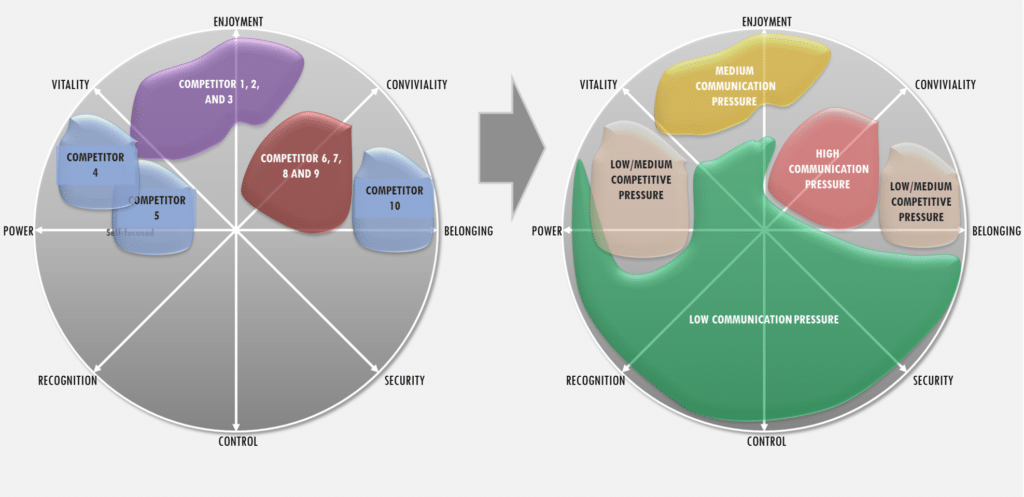
Analyzing your competitor’s communication, value proposition, brand benefits communicated, key brand territories, and communications target, and then positioning them accordingly on Adler’s personality dimensions map allows you to visualize what areas have a high communication pressure and where the open spaces are.
Besides serving as an input to select or validate your high-value target, the competitive assessment also allows you to potentially identify a position that your brand can own, and thus ensure a differentiating brand positioning that is not only meaningful and deliverable but also defendable against the competition.
Need-state-driven brand territories
After defining your customer’s frame of reference of viable alternative brands in your product category – what business you are really in – you should analyze the main need-state-driven brand territories for your brand within the frame. When you look at Netflix for example, the three main need-state-driven territories are variety (a vast selection of content), exclusivity (original and exclusive content), and convenience (available any time).
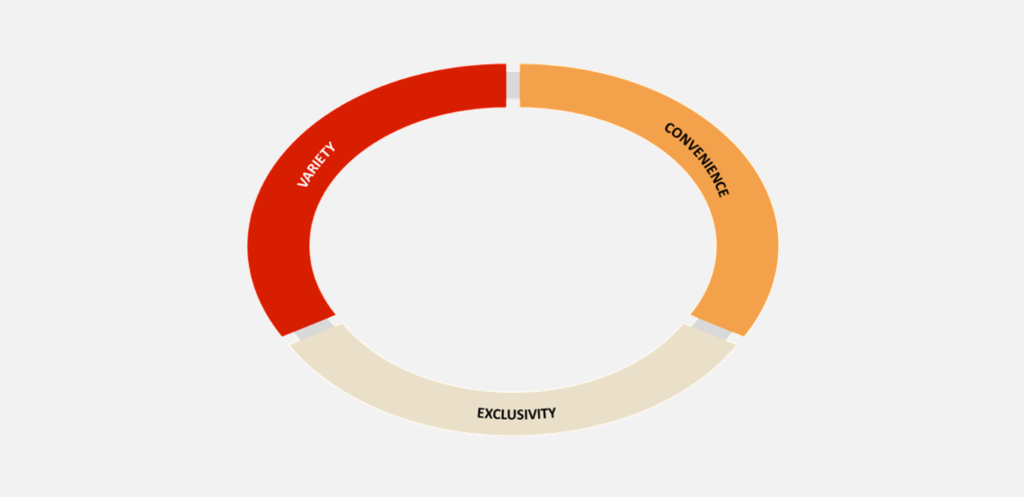
Competitive brand mapping
Inside this competitive brand mapping, you can position your competitors and analyze the key opportunities available. The conclusions you draw from this analysis will ultimately be used as input for the development of your brand positioning strategy.
Looking at the next map, if Netflix positions itself in the Online Content Streaming frame, we will see who is closer and more easily understand what they are offering better than the competitors, in this case, variety. However, with such a narrow frame Netflix may not capture the real needs and motivations of customers and may not be prepared for the real opportunities and/or threats. One day, they could be blindsided like Blockbuster was. However, going as wide as possible is also not the perfect solution. If Netflix frames entertaining in general (gaming, YouTube, watching sports, etc.), they might lose focus on what matters and the reason why customers choose them in the first place.
Don’t make the mistake of trying to provide value so broadly that it becomes difficult to determine what real value you deliver, the value that is truly meaningful and relevant to your core customer target. In the end, it’s a tricky question. You can’t go too specific, but neither should you try to fight everywhere all the time. In this case, one solution for Netflix is to be highly aware of the main and more “similar” competitors, such as HBO, Amazon Prime Video, Apple TV, and Disney+, but also to assess traditional channels to watch movies and series like TV channels and their new all-access features, cinema, and new emerging ideas from other online platforms, such as YouTube and Twitch, to better catch the open opportunity in terms of tension points and human emotions.
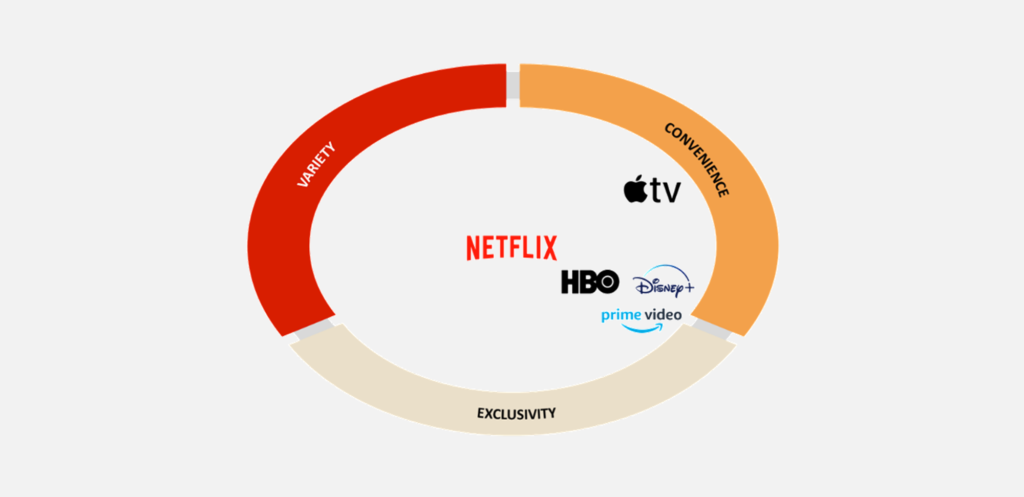
Validating the effectiveness of the brand positioning strategy
The competitive assessment also allows you to validate the effectiveness of your brand positioning strategy. To determine if the strategy is effective, it needs to check three key criteria:
- Is it meaningful, both to the target and to you in terms of accomplishing your business objectives?
- Is it deliverable? Can you really do what you say?
- Is it defendable? Can you own the position today and in the foreseeable future?
In this case, the competitive assessment will validate the third criterion if your strategy is defendable. By analyzing your competitor’s emotional drivers and brand communication, and positioning them in Adler’s map, you can determine if you are truly capitalizing on an open opportunity that your brand can own and defend in the future.
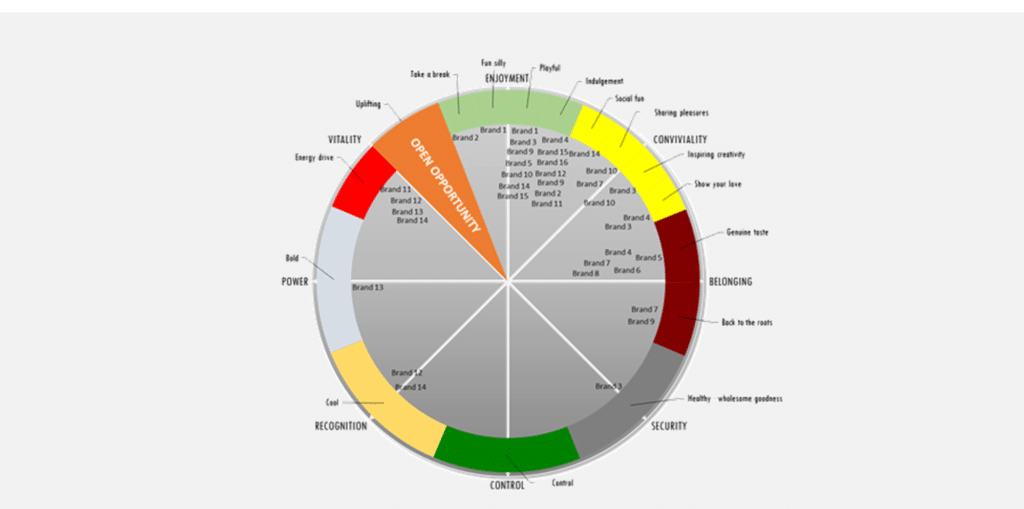
In the beginning, when we asked you to write down the name of Netflix’s competitors, how close were you? Too wide? Too narrow? Maybe you didn’t miss by much. But that “maybe” might be the difference between the Blockbuster outcome and the Netflix outcome.
The good news is this is not a particularly difficult exercise. It can be used in every market opportunity from the online movie streaming leaders to a local restaurant. Look at the people, understand them, and recognize which tension points are not satisfied by the competition. Just remember, once in the water, even if you are leading the way, from time to time take a good look around to see who’s in the ocean with you. Also, be attentive to the ones underwater and those who are dipping their toes from the shore, but don’t go so far as to start counting everyone who is just sunbathing.
By Rui Santos and João Pedro Pina – Marketing Analysts at Garrison Group’s offices in Milan, Italy.



